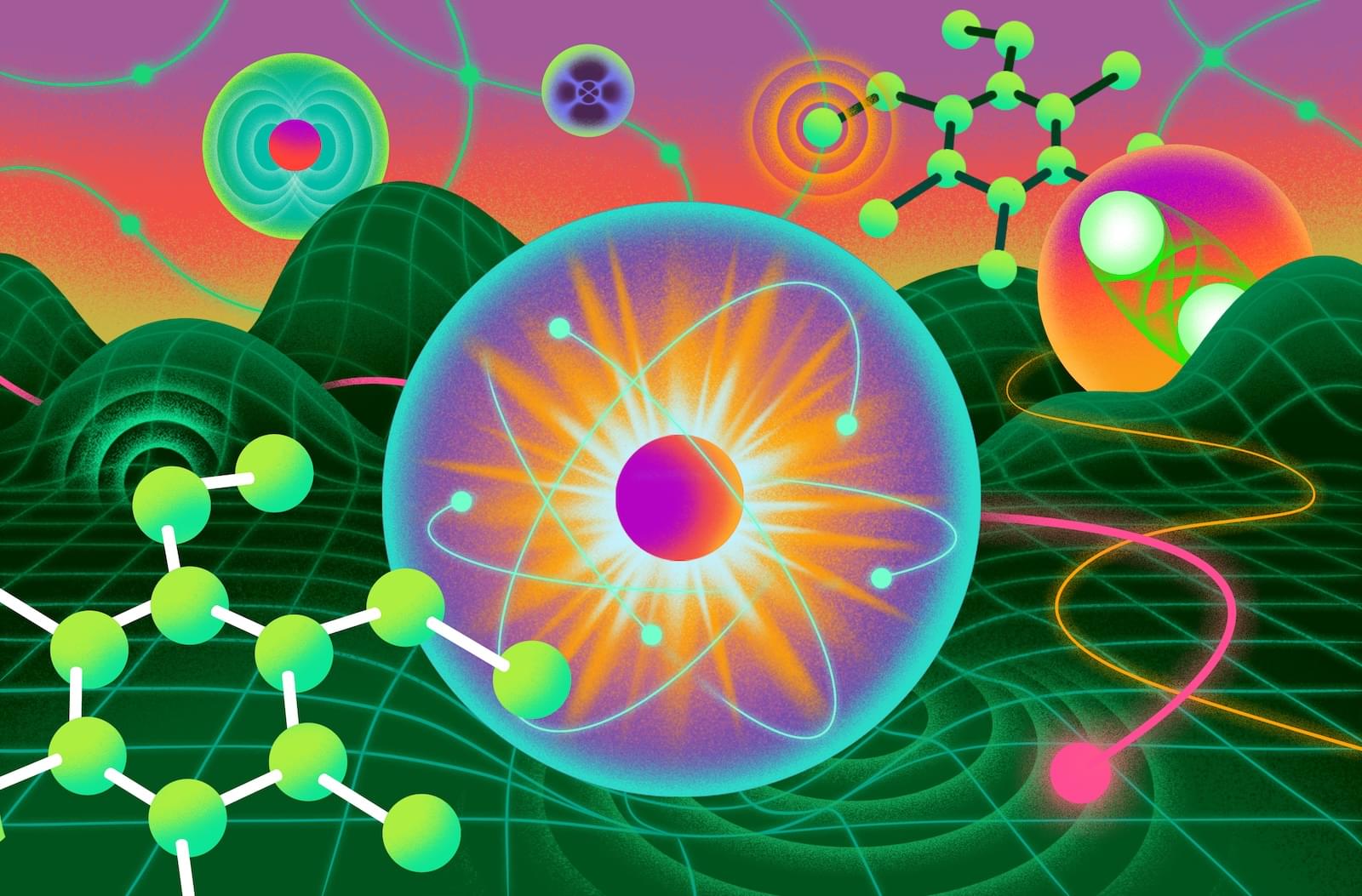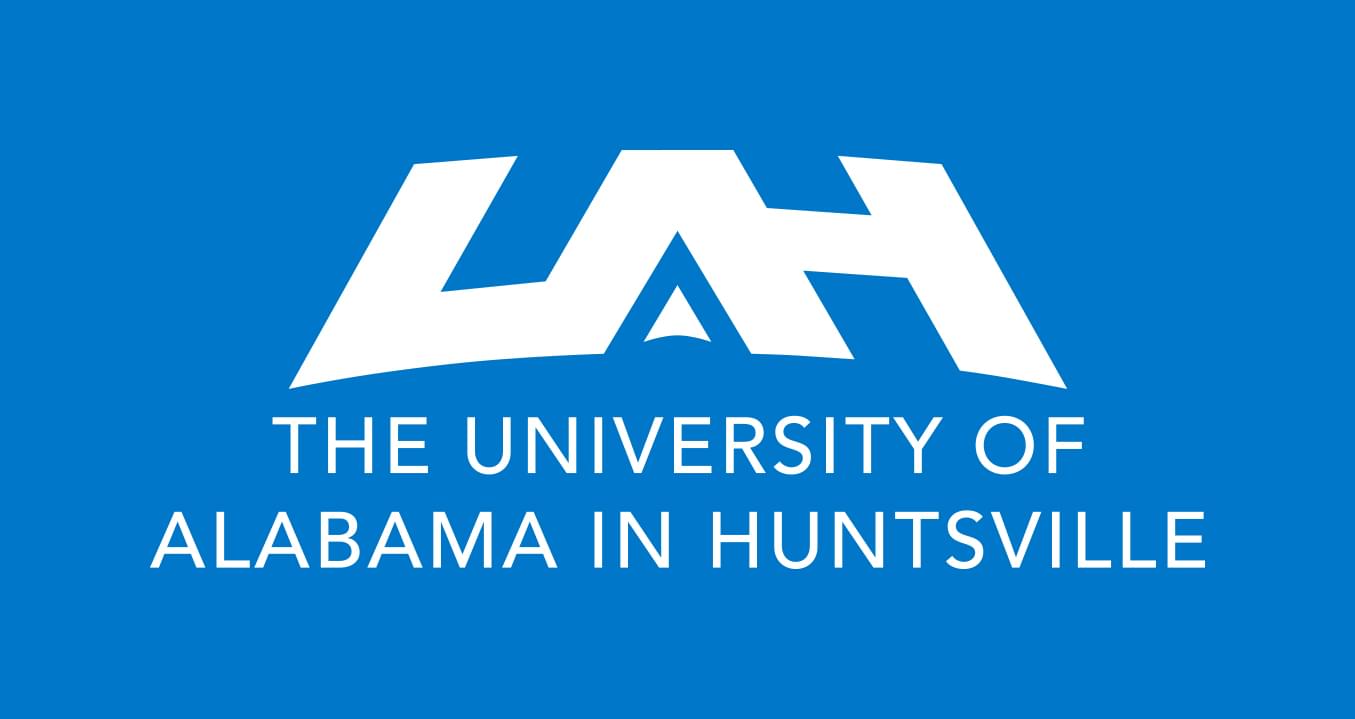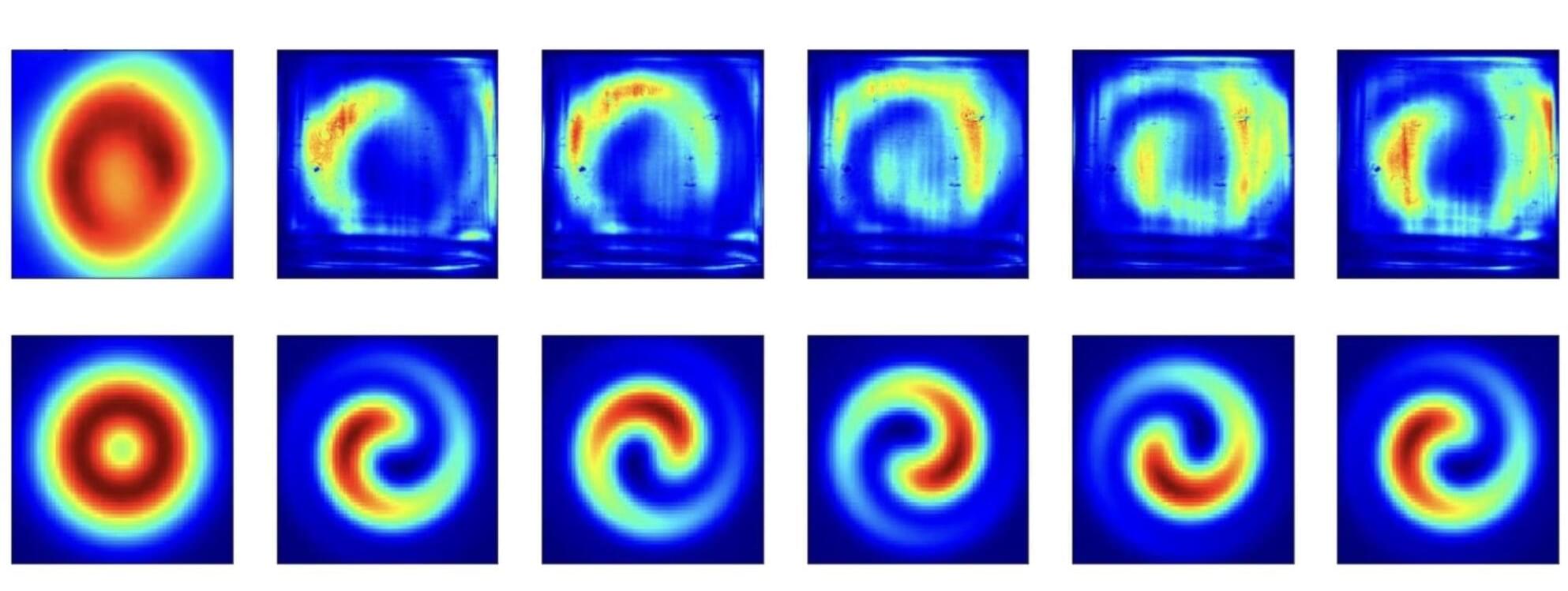This year marks the 100th anniversary of two papers that sparked the field of quantum mechanics.




Dr. Richard Lieu, a physics professor at The University of Alabama in Huntsville (UAH), a part of The University of Alabama System, has published a paper in the journal Classical and Quantum Gravity that proposes a universe built on steps of multiple singularities rather than the Big Bang alone to account for the expansion of the cosmos. The new model forgoes the need for either dark matter or dark energy as explanations for the universe’s acceleration and how structures like galaxies are generated.
The researcher’s work builds on an earlier model hypothesizing gravity can exist without mass that has garnered 41,000 reads and numerous citations since its publication in 2024.


A key objective of behavioral science research is to better understand how people make decisions in situations where outcomes are unknown or uncertain, which entail a certain degree of risk.
The ability to predict people’s choices in these situations could be highly advantageous, as it could help to draft effective initiatives aimed at prompting people to make better decisions for themselves and others in their community.
Researchers at Technion (Israel Institute of Technology) and various institutes in the United States recently developed a new computational model called BEAST-GB, which was found to predict people’s decisions in situations that entail risk and uncertainty.

A team led by scientists at the Department of Energy’s SLAC National Accelerator Laboratory have generated a highly exotic type of light beam, called a Poincaré beam, using the FERMI free-electron laser (FEL) facility in Italy, marking the first time such a beam has been produced with a FEL.
The technique could improve how scientists study materials and drive advancements in high-performance technologies, such as next-generation computer chips. The results are published in Nature Photonics.
“This is a significant step forward,” said SLAC scientist and collaborator Erik Hemsing. “Poincaré beams allow us to probe materials in new ways, capturing complex behaviors in one pulse. It’s exciting to think about what researchers will do with this.”
Today I have a few words about some well-known and maybe not-so well known problems with scientific research and what others have said about this.
Richard Harris’ book \.
A historic Myanmar earthquake was caught on CCTV, revealing the fault moving 2.5 meters in just 1.3 seconds.
The rare footage confirmed a pulse-like rupture and a curved slip path, offering groundbreaking clues for earthquake science.
Powerful Earthquake Shakes Central Myanmar.
“Context engineering is the delicate art and science of filling the context window with just the right information for the next step.” — Andrej Karpathy. A frontier, first-principles handbook inspired by Karpathy and 3Blue1Brown for moving beyond prompt engineering to the wider discipline of context design, orchestration, and optimization.
Philosophers of physics aren’t just thinking deep thoughts; they’re making concrete contributions! From loop quantum gravity’s critique of string theory to Landauer’s principle, their insights force physicists to rethink assumptions. #PhilosophyOfPhysics #QuantumGravity #StringTheory #PhysicsResearch #TheoreticalPhysics